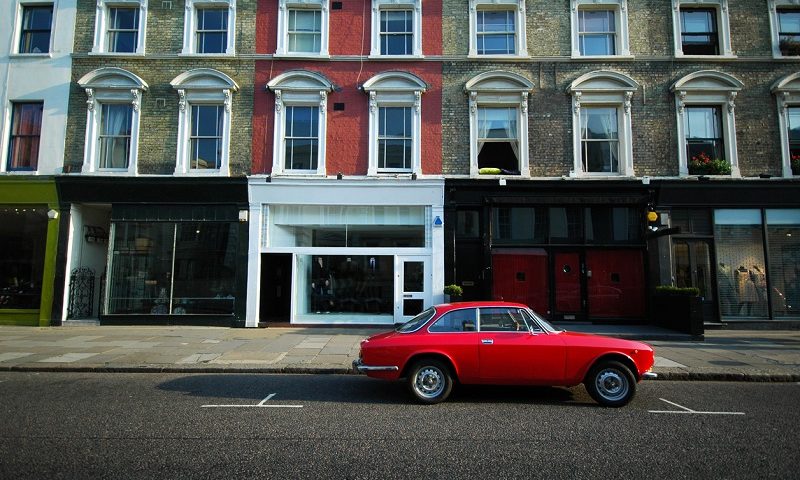Cost of living crisis could cause more road accidents

What changes have you made to your daily life because of the cost of living crisis?
Many have had to change shopping habits and cut back on essentials, but some are also avoiding buying a new car, which could become a danger.
Reaching the old age of 13
Halfords has found that the average age of cars on UK roads has increased by more than a year to 8.7 years over the past decade.
The retailer also found that the average age of cars taken in for scrap is around 13 years, yet recent data has revealed nearly a quarter of cars on UK roads (8.4 million) were even older.
Rising inflation, energy bills and petrol prices are all contributing towards drivers keeping their older vehicles for longer, but these older vehicles pose a great danger.
Older cars are more likely to develop faults which could lead to dangerous driving situations such as brakes failing. According to the Department for Transport, faulty vehicles were listed as the primary reason for 1,200 accidents in 2020.
As the cost of living crisis continues, the risk of more road accidents is likely to increase.
A challenge for road safety
Halfords CEO Graham Stapleton said: “Based on what we’re seeing in our garages and taking into account continuing issues with the supply of new cars, we believe the average ages of cars will pass the nine-year mark very soon and could even creep above 10 years before the cost-of-living crisis eases.
“This presents a real challenge for the Secretary of State for Transport.
“Vehicle reliability has improved in recent years but there is no getting away from the fact that older cars are more likely to develop faults, are more costly to maintain, and are more polluting.
“This represents a risk to road safety, yet another squeeze on motorists’ wallets, and a threat to the UK’s emissions reduction goals.”
What are some of the safest cars to drive? Read this 1st CENTRAL blog to find out.


